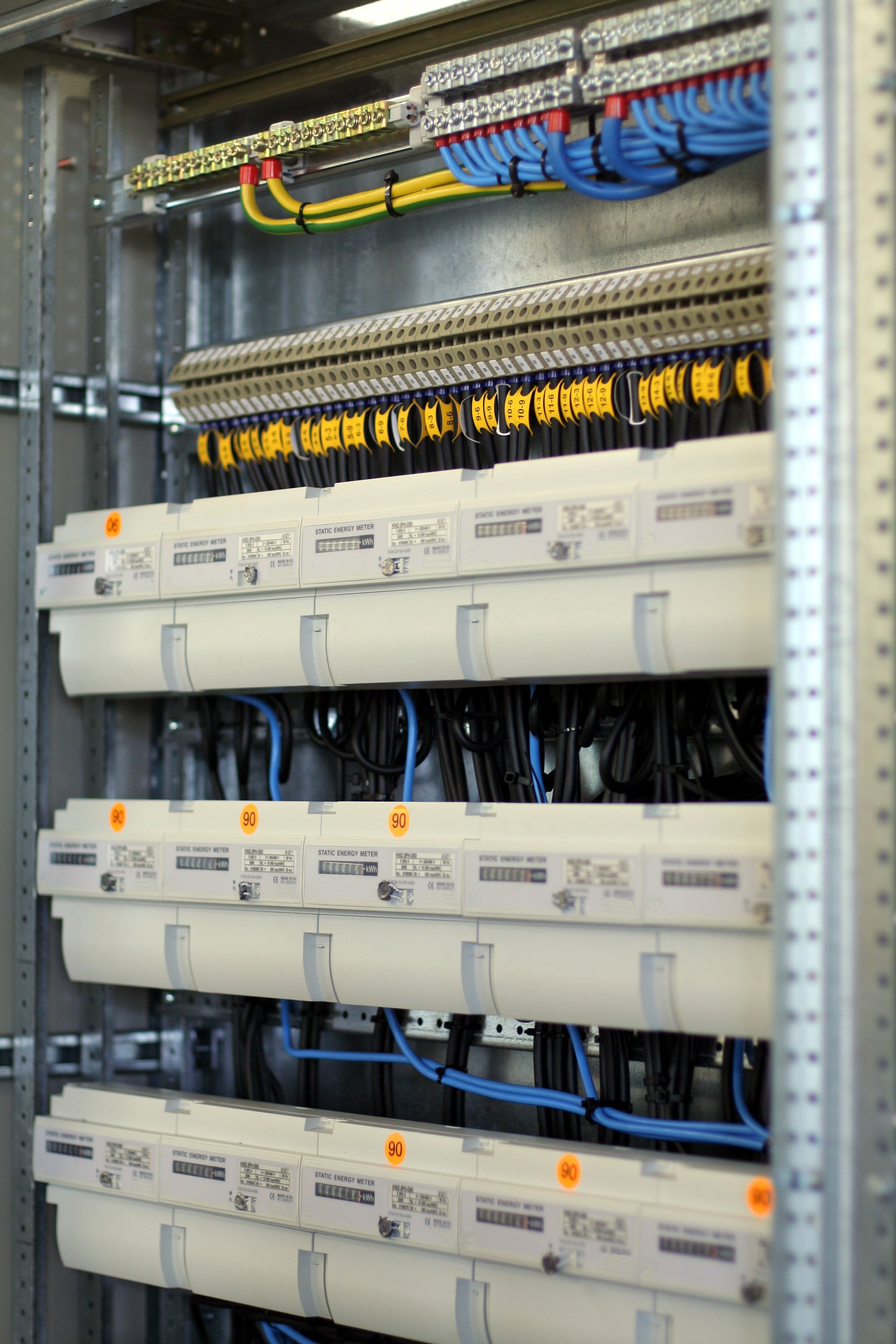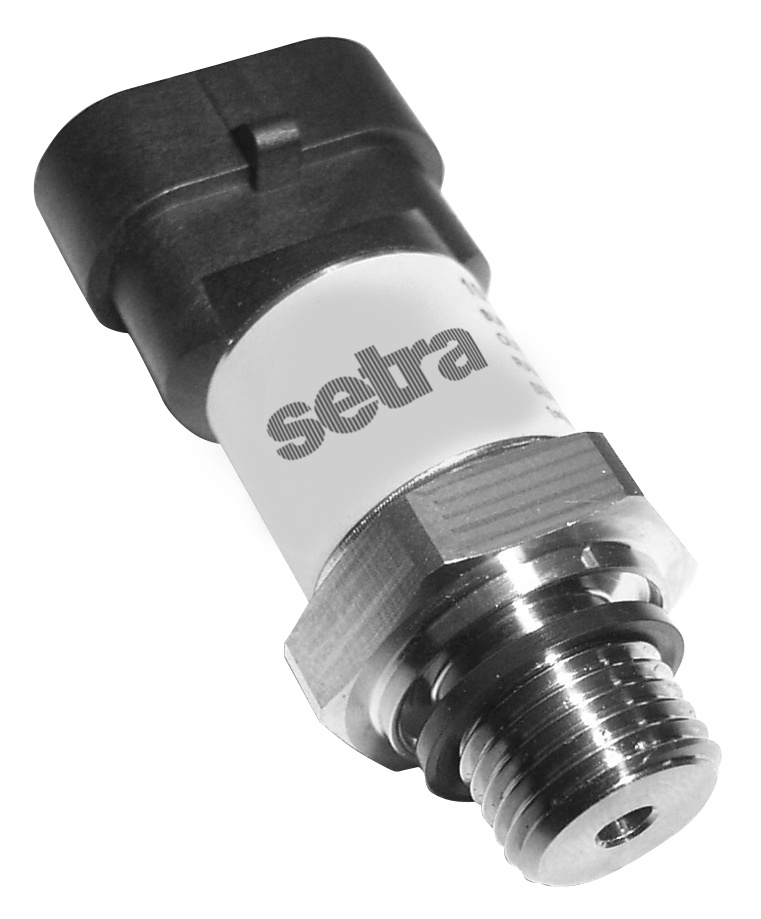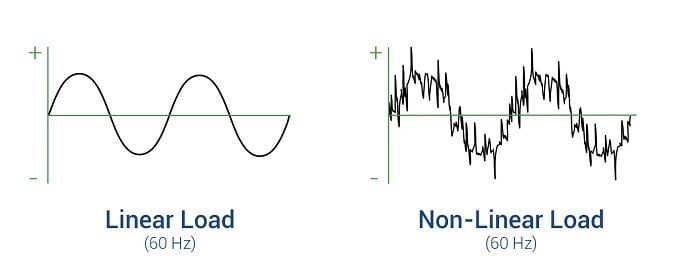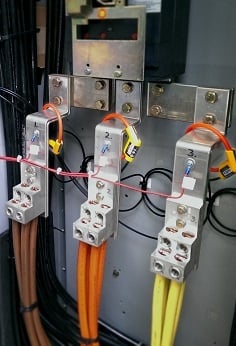The BACnet community is proud to announce that Setra has become the latest company to join BACnet International as a Silver member. Setra, founded in 1967, designs and develops one of the most comprehensive portfolios of sensors in the world. It has nearly 50 years of experience in critical applications in many industries, and is part of the Ralliant.
Setra Blog
What Are You Monitoring?
One critical consideration when searching for a proper power meter is to determine what you're measuring. Is the monitored load signal-phase, split-phase or three-phase? What voltage/current ranges are going to be monitored?
If you're interested in a power meter for residential or light commercial applications, then typically a single or split-phase meter would be the best cho
There are numerous environmental factors that can interfere with the performance of a pressure transducer. Two commonly overlooked factors are shock and vibration. Knowing the system where the pressure transducer is installed can help avoid high shock and vibration conditions, minimizing premature failure of your instrumentation.
LEED, the Leadership in Energy and Environmental Design, is the largest driving force behind the increased development of green buildings in the world. One of the most important factors that LEED uses in their certification process is energy consumption and the owner’s ability to track usage and identify potential savings. While most conventional buildings have simple meters provided by the utility company for billing purposes, the advanced standards for LEED certification require more robust and more precise monitoring capability.
Vivarium Defined
Vivariums are enclosed areas designed to provide a stable environment for animals and plants for observation or scientific research. Often, vivariums contain a portion of an ecosystem for a particular species with controlled environmental conditions on a smaller scale. A vivarium you would find in an academic research setting contains multiple racks of various sizes depending on the species it contains.
Imagine a tone being played by two musical instruments - let’s say middle C (261.63 Hz). While the pitch played on a piano may be the same as on an electric guitar, its timbre is very different. The sound wave generated from a piano or a simple synthesizer is relatively simple and clean, but the sound wave coming from an electric guitar is often very distorted for effect and contains natural harmonic overtones.
Hysteresis Defined
According to Merriam-Webster, hysteresis is the “lagging of a physical effect on a body behind its cause (as behind changed forces and conditions)”. When outside forces act on an object, that object will either immediately spring back to its original state, or more likely, it will somehow change or exhibit properties from previous deformations.
Understanding specific job requirements, such as performance, installation, amperage load and environmental factors is critical to selecting the proper current transformer for an application. Conventional current transformers (CTs) come with their limitations as they are difficult to install and are lacking in performance and measurement range. Rogowski coils have significant advantages with regards to installation, cost and performance.
Setra is best known for pioneering the variable capacitance principle, the technological innovation behind capacitance-based pressure transducers. Variable capacitance transducers demonstrate industry-leading accuracy especially in low pressure HVAC and critical care applications with accuracies as high as ±0.25” water column (±0.009 PSI).
While changes in barometric pressure aren’t immediately obvious to human perception (except when your ears pop while hiking up a mountain), its effects can manifest themselves in many other ways. This is especially true in sensitive industrial and laboratory settings.
Subscribe to Our Blog!
Topics
- Critical Environments (182)
- HVAC/R (179)
- General Industrial (153)
- Building Automation (134)
- General Industrial OEM (92)
- Energy Management (85)
- Test and Measurement (66)
- HVAC/R OEM (58)
- Barometric (44)
- Alternative Fuels (42)
- Medical (40)
- Process/Mfg Tank Level (40)
- Water and Wastewater (39)
- OHV (38)
- Oil and Gas (35)
- Industrial Vacuum (29)
- Calibration (25)
- Semiconductor (25)
- Particle Counting (20)
- Cleanroom Monitoring (17)
- Room Pressure Monitoring (16)
- Trade Show (12)
- cleanroom environment (12)
- Scales (11)
- Environmental Monitoring (10)
- Power Monitoring (10)
- Healthcare (9)
- Power Meters (9)
- Software (9)
- cleanroom monitoring systems (9)
- Case Study (8)
- critical environment technologies (8)
- data centers (8)
- Humidity (7)
- particle counter (6)
- pressure transducers (6)
- LITE room pressure monitor (5)
- hardware and software cleanroom monitoring systems (5)
- setra lite (5)
- Compliance (3)
- Video (3)
- hospital spaces (3)
- FAQ & Troubleshooting (2)
- Monitoring Compounding Pharmacies (2)
- Semiconductor Manufacturing (2)
- agencies that monitor pharmacies (2)
- energy (2)
- hvac (2)
- laboratories (2)
- monitor compound pharmacy (2)
- protected environment (2)
- regulatory compliance (2)
- setra lite features (2)
- usp 797 (2)
- Current Sensors and Transducers (1)
- Current Transformers (1)
- Lithium-Ion Battery (1)
- Pressure (1)
- aerospace cleanrooms (1)
- cems (1)
- digital transformation (1)
- ipv6 multicast (1)
- ipv6 multicast address (1)
- ipv6 multicast address range (1)
- isolation room pressure monitoring (1)
- multicast address ipv6 (1)
- multicast ipv6 (1)
- operating room (1)
- pharma 4.0 (1)
- pressure sensor (1)
- pressure transducer companies (1)
- semi conductor (1)
- sensors and transducers (1)
- setra pressure transducers (1)
- submetering (1)
- sustainability (1)
- temperature monitor (1)
- temperature monitoring for pharmacies (1)
- transducers (1)
- usp 800 (1)
- water (1)
- what does hvac stand for (1)
- what is a transducer (1)
- what is hvac (1)














